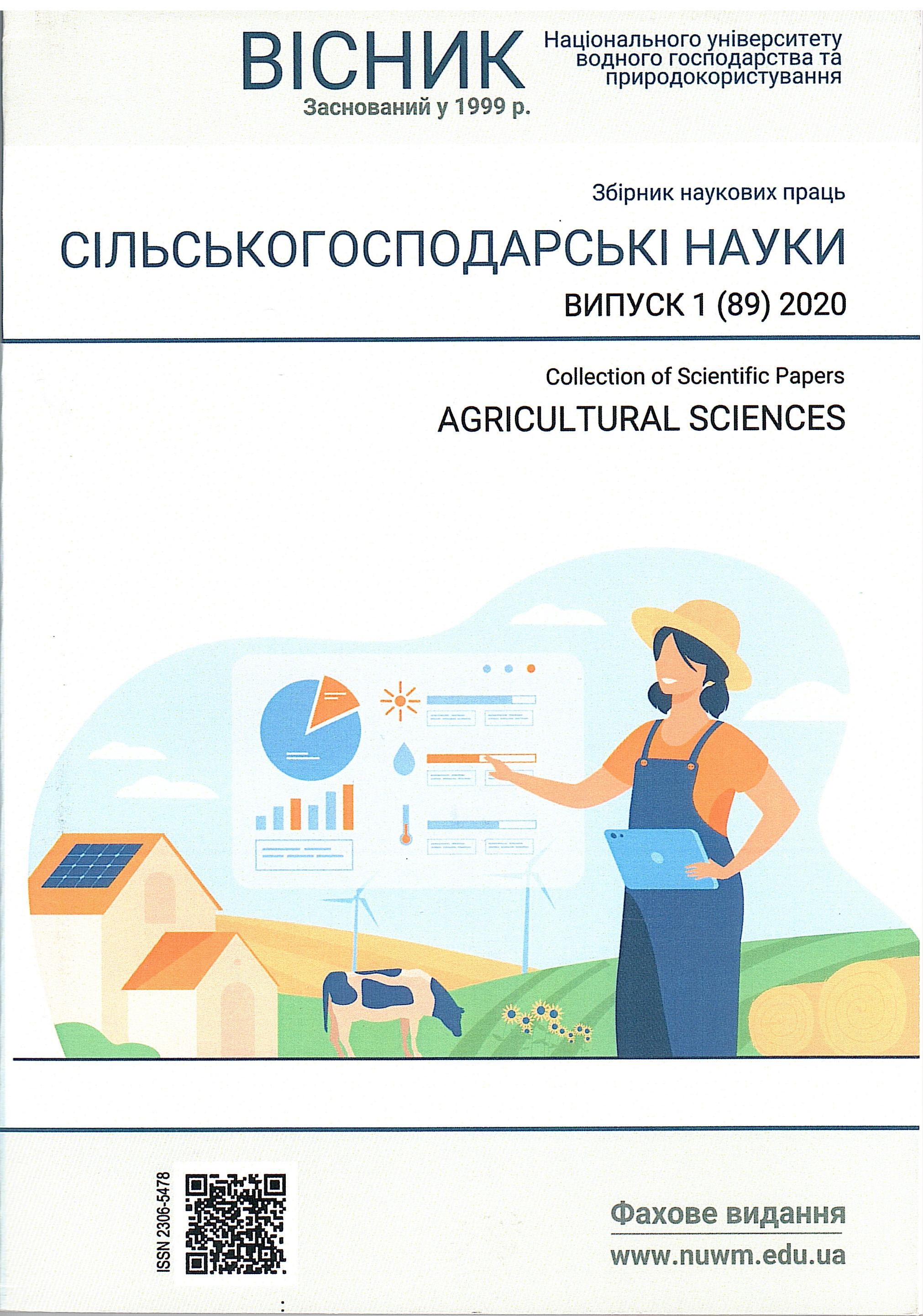INTRACELLULAR CALCIUM METABOLISM OF FISH UNDER HYPERCALCEMIC CONDITIONS OF THE AQUATIC ENVIRONMENT
Keywords:
phosphorus, calcium, mitochondria, gills, liver, fish.Abstract
Data on the fact that the processes of respiration in mitochondria are closely related to maintaining the concentration gradients of certain ions, in particular potassium, magnesium, and phosphate, are generalized. The process of calcium translocation through the mitochondrial membrane can occur only in the presence of ATP (adenosine triphosphate), magnesium ions and inorganic phosphorus. Studying phosphorus-calcium metabolism in fish, we used special methodological approaches that allow us to study the tissue, cellular and organ mechanisms of metabolic regulation, taking into account the characteristics of the living environment of organisms in the aquatic environment. In order to study the influence of phosphorus in the aquatic environment on individual indicators of intracellular metabolism in osmoregulatory organs, subcellular particles, in particular mitochondria, where the main biosynthetic and bioenergetic processes of the cell proceed, were isolated. The research program was to study changes in the concentration of calcium ions in the mitochondria of the liver and gills of fish under conditions of its increased concentration in the aquatic environment of 60, 100 and 200 mg/l. The task was to investigate the role of mitochondria of glandular cells of gills and liver of fish in the process of acclimation with increasing calcium concentration in water and to determine the peculiarities of its accumulation in fish, and also to establish the participation of these subcellular structures in the mechanism of regulation of intracellular calcium metabolism. It has been established that with an increase in the residence time of fish in an environment with a high content of calcium, features of its intracellular distribution are noted. After seven days of fish staying in water with a high level of calcium (200 mg/l), in the gill mitochondria, its level, although it exceeded the initial one, was lower than on the third day of maximum accumulation.The main structural components of the cell are mitochondria. They play an important role in the energy supply of cells. They contain enzymatic systems that are involved in phosphorylation, respiration, glycolysis, biosynthetic processes, and ion transport. Respiratory processes in the mitochondria are closely linked to the maintenance of concentration gradients of certain ions, in particular potassium, magnesium, and phosphate. The ability of isolated mitochondria to bind calcium is established in warm-blooded animals. This process is closely related to cellular oxygen consumption. Moreover, each mole of mitochondrial protein can bind 130 μmol of calcium, and each atom of absorbed oxygen accounts for 3 or more calcium ion. The process of calcium translocation through the mitochondrial membrane can occur only in the presence of ATP (adenosine triphosphate acid), magnesium ions and inorganic phosphorus.There is a stoichiometric link between the accumulation of calcium by the mitochondria and the transfer of electrons, since energy released by oxidation of various substances is expended for the translocation of calcium through the mitochondrial membrane. Liver mitochondria can bind calcium in small quantities and in the absence of pronounced cellular respiration, but it is necessary to have a high concentration of ATP in the incubation medium and an active ATP-forming system.Different anions (acetate, phosphate, etc.) can be transported in parallel with calcium in the mitochondria. However, in most cases, the major calcium anion anion is phosphate, which is presented as H2PO4- mono anion, and its removal from incubation significantly reduces Ca 2+ absorption. Calcium ions and phosphate anions are transported from the incubation medium in the same state (1:7) in which they are contained in hydroxyapatite, a bone mineral substance. A considerable number of anions in mitochondria are represented by phosphates: ATP, ADP, phosphoenolpyruvate. Calcium in mitochondria in ionic form is almost never found. It has been shown that in myxin muscle cells, 93% of calcium is bound. It forms phosphate compounds, accounting for about 20% of the dry weight of liver mitochondria. The mechanism of transfer of Ca2+, H+ , H2PO4 - through the mitochondrial membrane is carried out by a single enzymatic system with the participation of mitochondrial ATPase. It is suggested that calcium ions can bind to the active center of ATPase and reduce its activity.References
Romanenko V. D. Rol pecheni v obmene kaltsiya i ego znachenie v protses sah jelcheobrazovaniya : avtoref. dis. … d-ra biol. nauk. Kiev, 1969. 32 s.
Solomatina V. D., Pinkina T. V., Svitelskyi M. M. Vplyv temperatury pidroshchuvannia molodi riznykh vydiv ryb na tkanynnyi vmist fosfororhanichnykh makroerhichnykh spoluk. Vodni bioresursy ta akvakultura. 2/2018. S. 79–88.
Solomatina V. D., Pinkina T. V., Svitelskyi M. M., Fediuchka M. I. Zminy fosforno-kaltsiievoho obminu u ryb pry yikh teplovodnomu vyroshchuvanni. Vodni bioresursy ta akvakultura. 1/2019. S. 51–62. DOI: 10.32851/wba.2019.1.5.
Lynnyk P. M., Zhezheria V. A., Batoh S. V. Ekolohichnyi stan vodnykh obiektiv urbanizovanykh terytorii. Kytaivski stavky. K. : Lohos, 2015. 76 s.
Romanenko V. D. Fyzyolohyia kaltsyevoho obmena. Kyev : Naukova dumka, 1975. 171 s.
Solomatyna V. D., Zynkovskyi O. Y., Potrokhov A. S., Mohylevych N. A. Otsenka roly allokhtonnoho azota v vodoeme po yzmenenyiu fyzyoloho-byokhymycheskykh pokazatelei hodovykov karpa. Nauk. zapysky Ternopilskoho nats. peduniversytetu im. V. Hnatiuka. 2005. 3 (26). S. 170‒172.
Babel-Guerin Elisne. Metabolisme du calcium et liberation de l`acitylcholinne dans l`organe electrique de la Torpille. J. Neurochem. 1974. 23(3). Р. 525‒532.
Girndt O., Henning H.V., Delling J. Corellation of calcium and acid-base metabolism. Hormone and Metab. Res. 1979. 11(10). Р. 587‒588.
Isaia J., Masoni A. The effect of calcium and magnesium on water and ionic permeаbilities in the sea water adapted eel. Anguilla anguilla L. J. Comp. Physiol. 1976. 109(2). Р. 221‒233.
Kotsar N. Deystvie kolebaniy temperaturyi i gazovogo rejima vodnoy sredyi na energoobmen u segoletkov karpa. Ryibnoe hozyaystvo. 1980. 40. S. 5‒8.
Lenindjer A. Mitohondriya. Moskva : Mir, 1966

